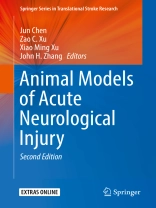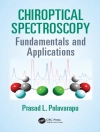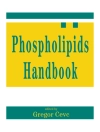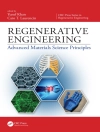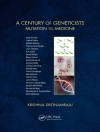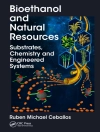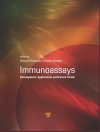Despite numerous recent studies and exciting discoveries in the field, only limited treatments are available today for the victims of acute brain and spinal cord injuries.
Animal Models of Acute Neurological Injuries, Second Edition, provides a standardized methodology manual designed to eliminate the inconsistent preparations and variability that often inhibit advances in this specialized research field. In the 10 years since publication of the first edition of this book, some animal models have become obsolete, some have stood the test of time, and newer models have emerged to enhance our knowledge of acute neurological injuries. The second edition continues to offer the research community tested approaches for this area of investigation.
As with the first edition, top experts have developed and contributed these animal models. The book’s focus remains hands-on, practical applications of the models, rather than a theoretical approach. Each chapter contains a proven procedure enhanced by clear figures, illustrations, or videos. This new edition presents its readily reproducible protocols with clarity and consistency to best aid neuroscientists and neurobiologists. As with the first edition, the second edition is comprehensive and cutting-edge.
Animal Models of Acute Neurological Injuries, Second Edition, is an ideal guide for research professionals, at all stages of their careers, who wish to pursue this vital course of study with the proficiency and precision required by the field.
Innehållsförteckning
Preface.- Animal Protocol.- Anesthesia and Analgesia for Research Animals.- Rodent Surgical Procedures and Tissue Collection.- Brain Monitoring.- Veterinary Care Methods for Rats and Mice in Experimental Spinal Cord Injury Studies: An Update.- Four Vessel-Occlusion Model in Rats.- Rat Model of Global Cerebral Ischemia: Two Vessel-Occlusion (2VO) Model of Forebrain Ischemia.- Rodent Model of Pediatric Asphyxial Cardiac Arrest.- Transient Middle Cerebral Artery Occlusion Model in Rodents.- Targeted Occlusion to Surface and Deep Vessels in Neocortex Via Linear and Nonlinear Optical Absorption.- Intraluminal Middle Cerebral Artery Occlusion Model in Mice.- Inducing Hemorrhagic Transformation following Middle Cerebral Artery Occlusion via Acute Hyperglycemia in Rats.- Cerebral Palsy Model of Uterine Ischemia.- Model of Neonatal Focal Cerebral Ischemia-Reperfusion.- Monofilament Perforation Subarachnoid Hemorrhage Rat Model.- Filament Perforation Subarachnoid Hemorrhage Mouse Model.- Non-Human Primate Model of Cerebral Vasospasm.- Blood Injection Intracerebral Hemorrhage Rat Model.- Collagenase Model of Intracerebral Hemorrhage in Rats.- A Rat Model of Cerebellar Hemorrhage using Bacterial Collagenase Injection.- Blood Injection Intracerebral Hemorrhage Mouse Model.- Blood Injection Intracerebral Hemorrhage Pig Model.- Collagenase Induced Pontine Hemorrhage in Rats.- Germinal Matrix Hemorrhage Neonatal Rat Model Using Bacterial Collagenase Injection.- Fluid Percussion Injury Model.- Controlled Cortical Impact Model of Experimental Brain Trauma.- Mild Blast-induced Traumatic Brain Injury Model.- Rat Model of Surgical Brain Injury.- MASCIS Spinal Cord Contusion Model.- ESCID Spinal Cord Contusion Model.- Cervical Hemicontusion Spinal Cord Injury Model.- Applications of the Infinite Horizon Spinal Cord Contusion Injury Model.- Clip Impact-Compression Model.- Method of Spinal Cord Contusion Injury Created by Tissue Displacement.- Experimental Laceration Spinal Cord Injury Model in Rodents.- Rodent Spinal Cord Demyelination Models.- Spinal Cord Lateral Hemisection and Implantation of Guidance Channels.- Spinal Root Avulsion and Repair.- Index.
